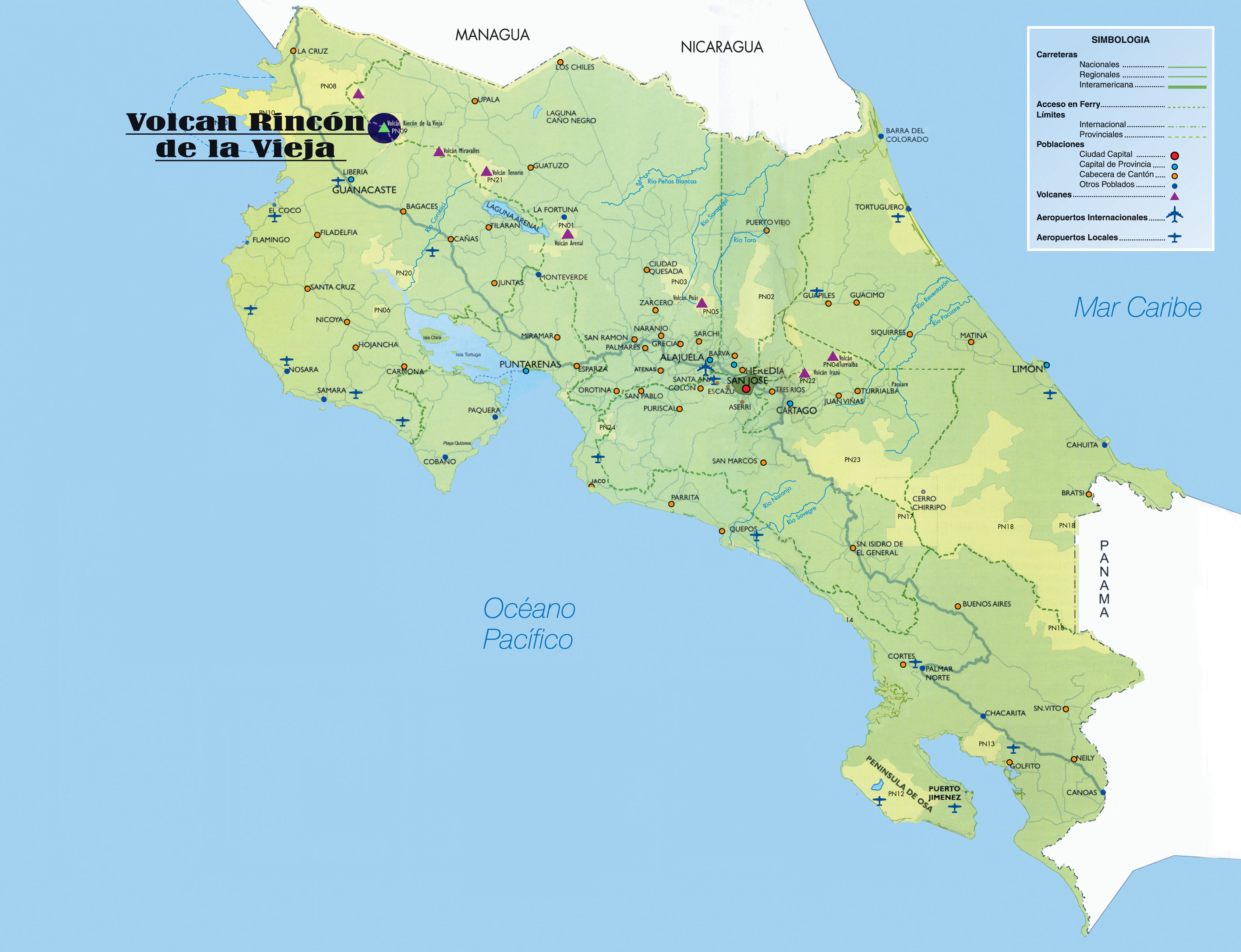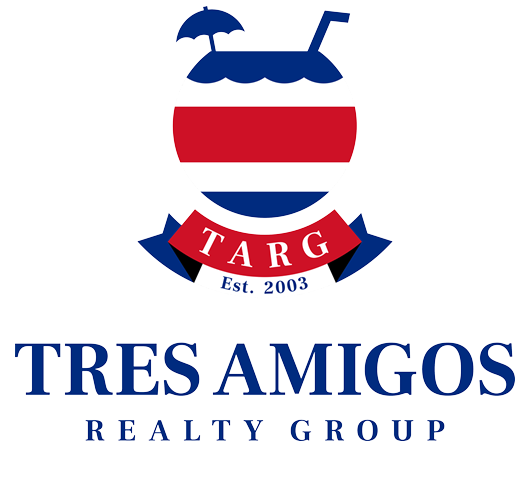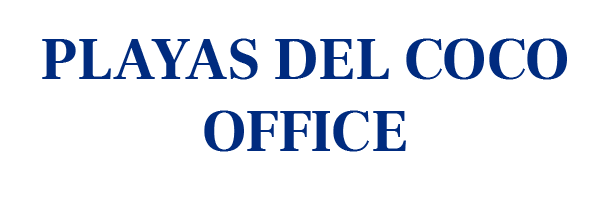Rincón de la Vieja Volcano in Costa Rica
Introduction to Rincón de la Vieja Volcano
The Rincón de la Vieja Volcano is located in the Guanacaste Mountain Range in the northwest part of the country, 25 km from the city of Liberia. This volcano has a height of 1,895 meters above sea level, covering an area of around 100-130 km2. Rincón de la Vieja is one of five active volcanoes in Costa Rica. One of its main characteristics is the presence of secondary activities like solfataras, fumaroles, bubbling mud, hot pools, etc. Some of these are used to produce geothermal energy. This volcano is within the Rincón de la Vieja National Park.
History of Rincón de la Vieja Volcano
The oldest mention of this volcano´s name is found in the document ¨Estadistica de Las Haciendas y Ganados de La Provincial de Nicoya¨ written by the Vicar D. Tomás Gómez Tenorio in 1751. In 1861, the German explorer Alexander von Frantzius also recorded this volcano´s name as the Rincon de la Vieja. The name is also attributed to a Chorotega indigenous legend in which La Vieja was a fearsome witch. The Chorotegas brought her food and offerings in clay pots. One day a priest challenged her and after the fight was over the witch got trapped in the hot and dense mud of the volcano´s lagoon.
Rincón de la Vieja is one of the most active volcanoes in Costa Rica. Its active crater has recently shown eruptive activity. The oldest rocks found in the volcano are almost one million years old. The surface of the volcano was studied by using radiocarbon dating that showed that the oldest eruptions happened around 27,000 years ago. The last time lava ran down the sides of the volcano was a little more than 4,000 years ago. An explosive eruption also happened between 300 B.C and 300 A.C. The first eruption recorded in the 20th century occurred on the 14th of June 1912. Between April and June of 1922 strong emissions of vapor and ash were emitted from the volcano. In September of 1966, the volcano had a lot of eruptive activity. These eruptions were seen all the way in Liberia. These eruptions affected the crops and the health of the people living near the volcano. Also, the rivers, Colorado and Blanco, were contaminated by the materials ejected from the volcano which resulted in a lot of dead fish. On the 19th of December of that same year, the volcano emitted columns of ash. During the 21st Century, the eruptive activity of the volcano became stronger. It was between September of 2011 and April of 2012 that more activity was reported although it had less intensity than the ones from the previous century. The Rincón de la Vieja Volcano entered a new period of activity in November 2015. On March 10th, 2016 an important phreatic eruption occurred with emissions of gas and ash. It happened again on March 15th. The column of ash reached a height of 700 m. The Rincón de la Vieja Volcano is constantly being monitored by a seismologic network that surrounds the base of the volcano that was installed by the OVSICORI (Volcanological and Seismological Observatory of Costa Rica).
Geothermal Potential
The natural richness of this volcano is protected because it is within the boundaries of the Rincón de la Vieja National Park. There are several areas of the volcano that have a lot of potential for generating geothermal energy. At the present time, ICE, (Costa Rican Institute of Electricity) in cooperation with a Japanese company operates the geothermal projects Las Pailas II, Borinquen I and Borinquen II that produce geothermal energy. These 3 projects together generate 165 megawatts (4% of the electricity needed to supply the whole country). These projects are located at the base of the volcano. Rincón de la Vieja is located in the division of the waters between the Pacific and Atlantic Oceans. In that area, there are 32 river basins such as the Colorado, Ahogados, Pénjamo, Blanco, Azul, and Azufroso. These basins supply the town of Liberia with water.
Flora and Fauna in the Area
At the highest part of the volcano the trees are shorter than usual. Among the trees that are in that area it's possible to find laurel, indio desnudo, Guanacaste tree, and the Cedro Amargo. The national flower, the Guaria Morada, is abundant in this area. The variations in the relief of the park allow for a large diversity in animal and bird species. 260 species of birds have been identified. Some of them are pavón, tucancillo, and hummingbird among others. The more common mammals found in the park are agutí, tapir, saíno, anteater, sloth and howler monkeys. Surrounding the base of the volcano some land is used to grow banana, coffee, sugar cane, and pineapple.
Visiting Rincón de la Vieja Volcano
The Rincón de la Vieja National Park is one of the most visited parks in Costa Rica. The biodiversity, the hot springs, the mud baths, the natural pools, and the steamy landscape gives this place a sort of ¨lost world¨ feeling and attracts people to visit it. This park is divided into two sectors; one is the Pailas sector and the other is the Santa Maria sector. These sectors have different schedules. The Santa Maria sector is open from 8:00 am to 5:00 pm and the Pailas sector is open from 7:00 am to 3:00 pm. The Rincón de la Vieja Volcano and its park is an adventure worthy of being experienced.








